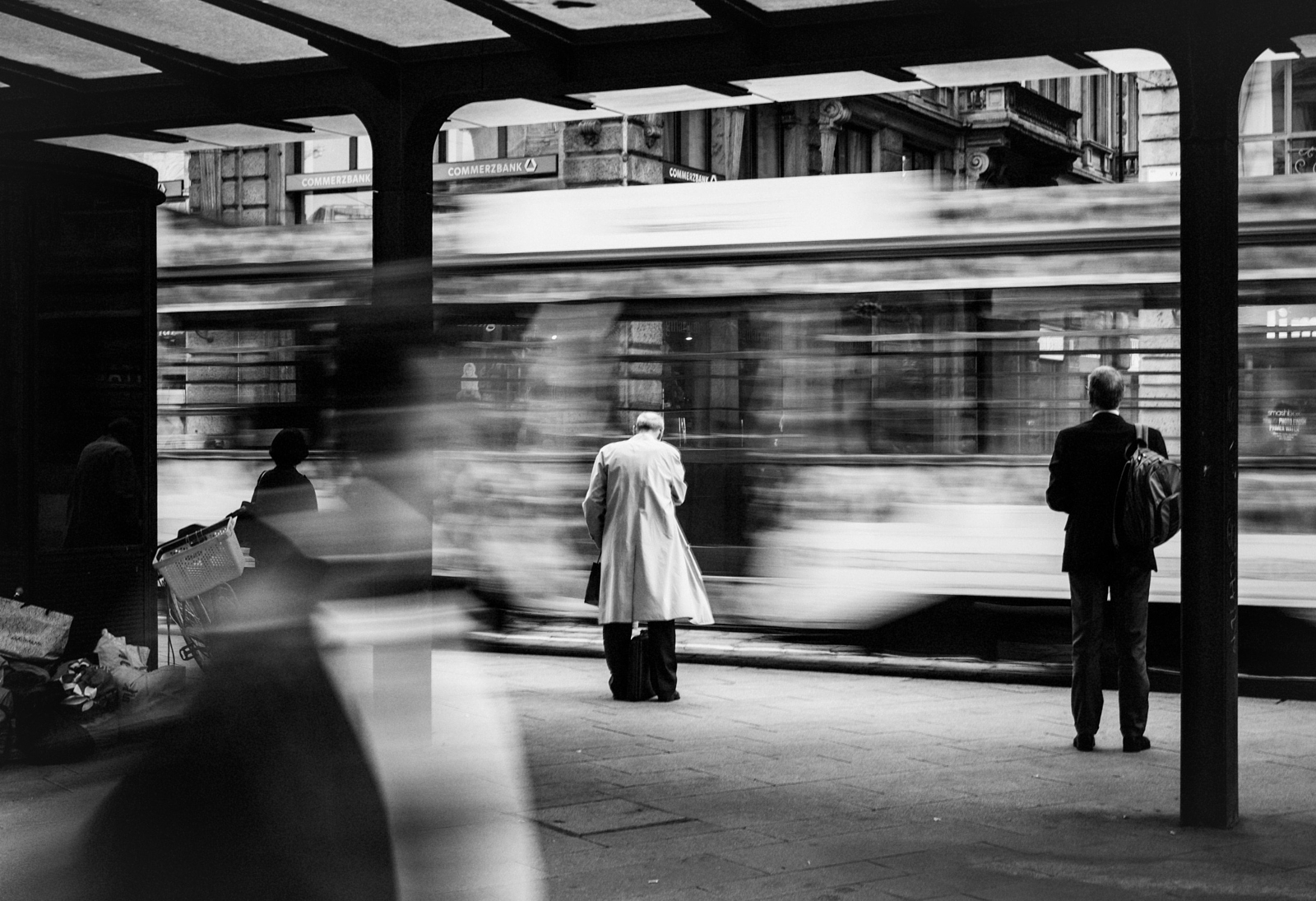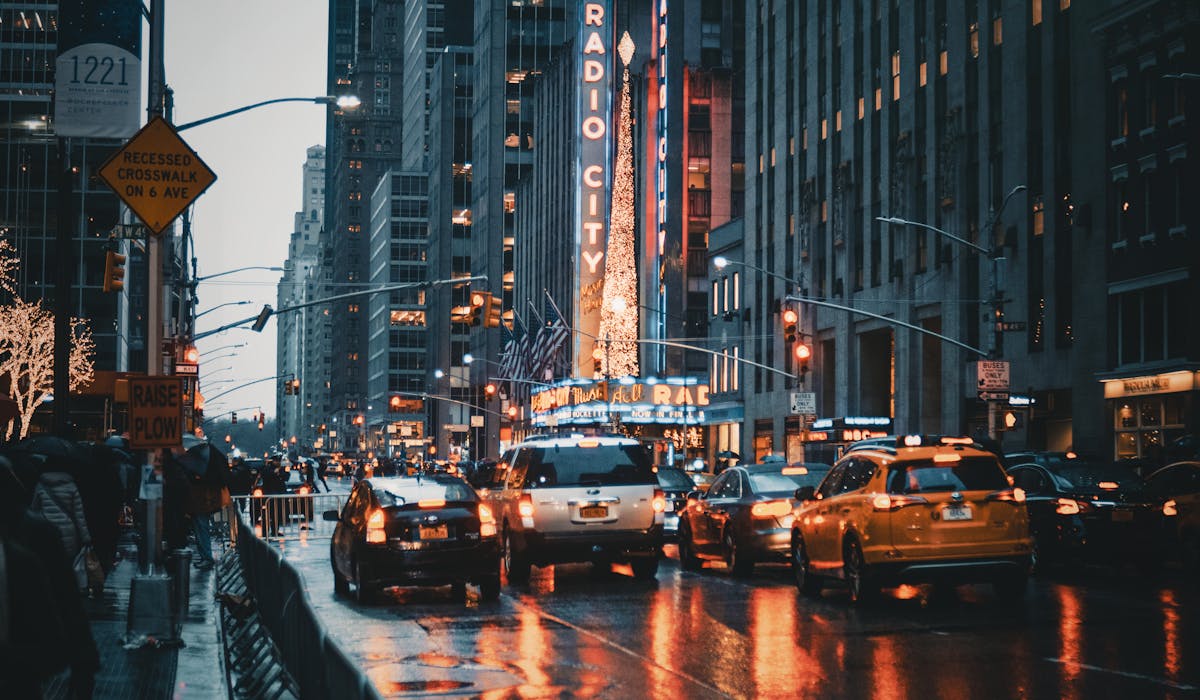The Main Principles Of Framing Streets
Wiki Article
The Definitive Guide for Framing Streets
Table of ContentsExamine This Report about Framing StreetsSome Known Details About Framing Streets The 9-Minute Rule for Framing StreetsThe 3-Minute Rule for Framing Streets

Both at the Museum of Modern Art (Mo, MA). Motivated by Frank, in the 1960s Garry Winogrand, Lee Friedlander and Joel Meyerowitz began photographing on the streets of New york city. Phil Coomes, creating for BBC News in 2013, claimed "For those of us interested in street digital photography there are a couple of names that stand apart and one of those is Garry Winogrand"; movie critic Sean O'Hagan, writing in in 2014, stated "In the 1960s and 70s, he specified street photography as a perspective in addition to a design and it has laboured in his darkness since, so conclusive are his photographs of New York." Going back to the UK in 1965 from the US where he had fulfilled Winogrand and adopted road photography, Tony Ray-Jones turned a wry eye on usually surreal collections of British individuals on their holidays or taking part in celebrations.
Street photography is a substantial category that can be specified in several ways, however it is usually identified by the spontaneous capturing of an unrepeatable, fleeting moment, usually of the everyday going-ons of complete strangers. It is typically shot with larger angle lenses (e. g. 35mm) and generally features urban atmospheres.
How Framing Streets can Save You Time, Stress, and Money.
Docudrama digital photographers usually have actually a defined, premeditated message and an objective to record particular occasions in background (https://www.mixcloud.com/framingstreets1/). The range of the documentary method incorporates aspects of journalism, art, education, sociology and history. In social examination, docudrama photos are usually intended to provoke, or to highlight the requirement for, societal adjustmentRoad digital photography is typically viewed as unposed and honest, however there are a few road photographers who engage with complete strangers on the roads and take their portraits. Street portraits are unplanned pictures taken of unfamiliar people while out doing road digital photography, however they are seen as posed due to the fact that there is communication with the topic.
Photographing people and places in public is lawful in most countries protecting liberty of expression and journalistic freedom. There are typically limits on just how photos of people may be made use of and most nations have particular regulations relating to people's personal privacy.
Framing Streets Fundamentals Explained
While the common-law provinces adhere to the UK, relative to the freedom to take photos in a public location, Quebec regulation offers that, in a lot of conditions, their publication can take location only with the approval of the topics therein. The European Union's Human being Rights Act 1998, which all EU countries have to promote in their domestic law, establishes in a right to personal privacy. Of freedom of expression. While also restricting digital photography in order to secure personal privacy civil liberties, street photography can still be legal in France when sought as an art type under specific situations.
. who just strayed into a scene), or that are not also recognizable in the image. http://dugoutmugs01.unblog.fr/2024/01/10/framing-streets-mastering-the-art-of-street-photography/. It additionally does not usually include individuals who are somebodies (e. g - Lightroom presets. politicians or site web celebs). If a photo is thought about art, the courts will additionally think about the professional photographer's freedom of imaginative expression; indicating that "artful" road photography can still be legally released in specific cases
Framing Streets Fundamentals Explained
In Greece the right to take photos and release them or sell licensing civil liberties over them as art or editorial material is protected by the Constitution of Greece (Post 14 and various other short articles) and complimentary speech laws along with by case legislation and lawful cases. Photographing the police and releasing the photographs is likewise lawful.In Hungary, from 15 March 2014 any person taking pictures is technically breaking the law if someone wanders into shot, under a new civil code that outlaws taking images without the approval of every person in the picture - copyright Camera. This broadens the legislation on approval to include the taking of pictures, along with their magazine
'Covert photography' (kakushidori concealed, surreptitious digital photography) 'stolen photography' (nusumitori with no intention of obtaining authorization) and "quick photography' (hayayori prior to authorization and refusal can be given) are prohibited unless in the former permission is gotten from the subject quickly after taking the image. People have rights to their photos (shzken, droit de picture).
Report this wiki page